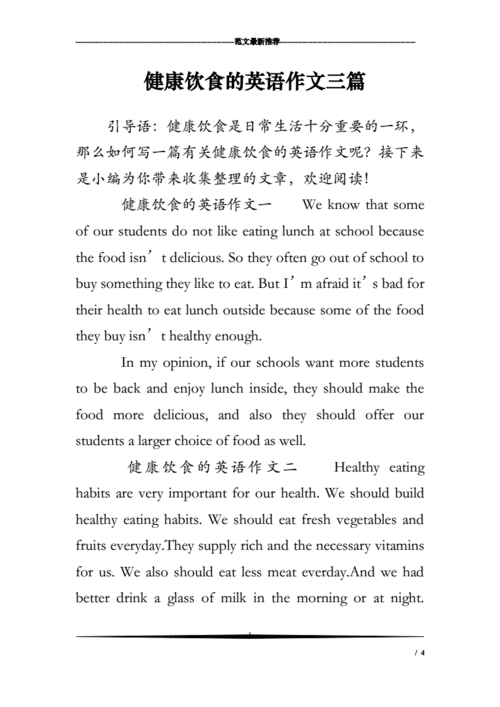英语作文介绍学校食谱
Food is not just about sustenance; it's a reflection of culture, tradition, and identity. Within the confines of a school, the culinary landscape often mirrors a microcosm of regional flavors, dietary preferences, and institutional norms. Let's delve into the distinctive food culture found within schools:
Diversity in Culinary Offerings
One of the remarkable aspects of school food culture is its diversity. Schools cater to a wide array of tastes and dietary needs, accommodating students from various cultural backgrounds and with diverse dietary preferences. This inclusivity fosters an environment where every student feels valued and can find something to enjoy in the cafeteria.

From classic comfort foods like macaroni and cheese to international dishes like sushi or curry, school cafeterias often offer a range of options to cater to different palates. This diversity not only satisfies hunger but also serves as an educational opportunity, exposing students to new flavors and culinary traditions.
Local and Seasonal Ingredients
Many schools prioritize using locally sourced and seasonal ingredients in their meal preparation. This not only supports local farmers and reduces carbon footprint but also ensures freshness and flavor in the food served to students.
By incorporating local produce, schools can also highlight regional specialties and promote a connection to the surrounding community. Students may look forward to seasonal delights like apple cider in the fall or fresh berries in the summer, enhancing their dining experience while fostering an appreciation for seasonal eating.
Health and Wellness Initiatives
With growing concerns about childhood obesity and nutritionrelated health issues, schools have increasingly focused on promoting healthy eating habits among students. This has led to the implementation of various health and wellness initiatives within school food programs.
From offering more fruits and vegetables to reducing the sodium and sugar content in meals, schools strive to provide nutritious options that support students' overall wellbeing. Additionally, educational initiatives such as nutrition workshops or gardentotable programs empower students to make informed choices about their diets and develop lifelong healthy eating habits.
Cultural Celebrations and Festivities
Schools often celebrate cultural diversity through food, organizing events and themed meals that showcase different culinary traditions. These celebrations not only introduce students to new foods but also promote cultural understanding and appreciation.
Whether it's Lunar New Year dumplings, Diwali sweets, or Cinco de Mayo tacos, these cultural festivities allow students to explore the rich tapestry of global cuisine without leaving the school premises. Such experiences not only stimulate the taste buds but also broaden students' perspectives, fostering empathy and respect for diverse cultures.
Community Engagement and Collaboration
Many schools actively involve the local community in their food programs through partnerships with restaurants, farms, and food banks. These collaborations not only enrich the culinary offerings but also strengthen ties between the school and its surrounding community.
Community engagement initiatives may include guest chef demonstrations, farmtoschool programs, or food drives to support those in need. By involving students in these activities, schools instill values of social responsibility and civic engagement, empowering them to make a positive impact beyond the classroom.
From diverse culinary offerings to healthfocused initiatives and cultural celebrations, school food culture encompasses a wide range of elements that contribute to a vibrant and inclusive dining experience. By embracing diversity, promoting wellness, and fostering community engagement, schools can create an environment where food serves not only as nourishment but also as a catalyst for learning, connection, and appreciation of the world around us.











